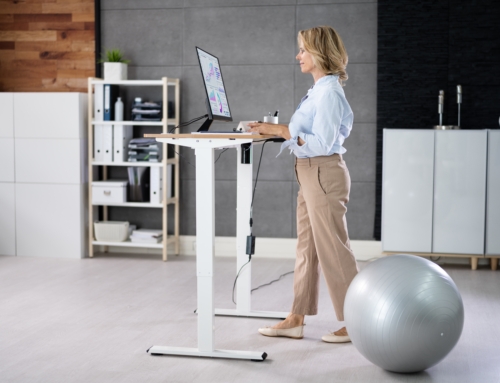Women are acutely aware of the side-effects that come with a monthly menstrual cycle (as are their partners). Yet many don’t account for how the changes in hormones, in particular estrogen and progesterone, impacts their workouts. Like the rest of our day-to-day, the rise and fall of hormones shifts the ability to maximize performance across various training exercises. So, while women have the ability to achieve the same goals as men the road to getting there can be a bit different, naturally.
HOW ESTROGEN AND PROGESTERONE IMPACT THE BODY
Estrogen, the “female” hormone, is kind of like an untapped superpower. It boosts confidence and makes women feel stronger. Higher levels of it are associated with stronger musculoskeletal health, which improves muscle mass and strength while also upping collagen in connective tissue. It could even be why women experience fewer muscle injuries than men.
However, on the reverse, higher levels of estrogen decrease performance and can create a weakness for ligament injury. Notably, women experience more ACL rupture than men, in particular pre-ovulation and ovulation because knee laxity increases as a direct result of increased estrogen levels.
In tandem with this rise in estrogen also comes a rise in progesterone, which acts as an antidepressant and calms the body.
HOW TO WORK AROUND THEM
Together, the female’s estrogen and progesterone hormones act to build muscle and improve overall performance. When they spike women’s performance can as well. So, it’s important to train in line with them.
When female hormones are low (think start of the menstrual cycle) that is when a woman’s body is most similar (hormonally) to a mans. This is the optimal time to train on building strength and muscle. Think high intensity interval training (HIIT), and feel free to increase the weight.
Towards the end of a woman’s period female hormones begins to spike, an ideal time to incorporate the more intense workouts now that the initial phase of menstruation has subsided. Incorporate strength training in line with cardio for peak performance.
Around days 15 to 23 female hormones estrogen and progesterone begin to fluctuate, as estrogen drops and progesterone increases. Now is best to tone down the intensity and go for a more moderate exercise, with a focus on recovery.
The end of the cycle is when both female hormones crash and cause PMS symptoms. Rather than skip over training days completely, use the time to combat the stress and enjoy light jogs, pilates, or yoga.
THE TAKEAWAY
At Nimble Fitness, we encourage consistency and confidence with every client.
The rise and fall of female hormones can, and should, affect female training goals. But think of it more as a strength than a weakness, and we’ve just given you your ultimate guide!
The key takeaway for women here is: track your hormone cycle to optimize peak performance that you can work with your body, not against it. Women and men are built differently so you need to train differently. But that doesn’t mean you can’t achieve the same results for the better, fitter you.
Be Well,
The Nimble Fitness Team


